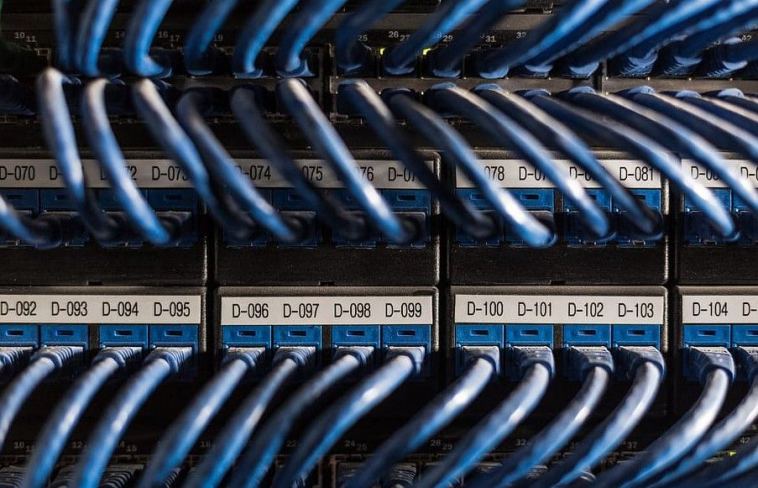- Like
- SHARE
- Digg
- Del
- Tumblr
- VKontakte
- Flattr
- Buffer
- Love This
- Save
- Odnoklassniki
- Meneame
- Blogger
- Amazon
- Yahoo Mail
- Gmail
- AOL
- Newsvine
- HackerNews
- Evernote
- MySpace
- Mail.ru
- Viadeo
- Line
- Comments
- Yummly
- SMS
- Viber
- Telegram
- JOIN
- Skype
- Facebook Messenger
- Kakao
- LiveJournal
- Yammer
- Edgar
- Fintel
- Mix
- Instapaper
- Copy Link
Theoretically, hubs, switches and routers all do the same thing: they are all devices which let you connect multiple computers together. They simply pass on data differently. All of these devices have two or more ports through which they connect computers or even networks.
To understand the difference between these devices, it is important to go over the process via which connect and transfer data.
Hub
This is the simplest of the three devices to understand. It is also the least intelligent since it applies no filtering benchmarks before passing on the data. A hub connects multiple network devices on an internal network such as a home or office network.
The hub doesn’t filter data and passes on any data packets it receives to all devices in the network. This means that even if the information sent was not relevant to the other devices, they still receive it. For example, if a PC is transferring information to a printer via a hub, the hub will transfer that data to the printer and all other devices it’s connected to.
This creates serious concern for security since confidential data transferred over the hub would be shared with all other users too. Furthermore, this process also wastes a lot of bandwidth by sharing data packets with everyone instead of just the required device. For these reasons, hubs have become less common and most people have shifted to using a switch.
Switch
A switch is intelligent unlike a hub, which is why even though it functions pretty much in the same way as a hub, it’s still able to broadcast data smartly. A switch is also connected to different network devices through an Ethernet connection.
A switch has the ability to read and learn the physical address (MAC address) of a port. Therefore, unlike a hub, when a switch broadcasts data, it matches the exact port of the device with its list of physical addresses before delivering the data. This way the data packet only reaches the designated receiver instead of being rebroadcast to all devices on the network.
This is also why switches are a lot more common now compared to hubs. They help maintain data security and also significantly reduce the unnecessary traffic on the network. However, both switches and hubs can only exchange data within their local network. This means that they can rebroadcast data on a home or office network, but not with another network through the Internet. To do that, they would have to be able to read IP addresses which neither of them can do.
Router
The Router is the most intelligent device out of the three since it can read IP addresses too. This allows it to serve as a bridge between networks. It picks up a data packet and analyses whether the IP address belongs to the same network or to another network. If the IP address belongs to that of the same network, the router will receive it and forward it to the relevant device. However, if there’s a different IP address, the router will forward it to another network.
Within each network is a default gateway to send and receive data from other networks. Once the router recognizes that the IP address is different, it will route the data to leave the current network and be sent to the default gateway of another network. That is essentially how a router works.
Conclusion
To sum it up, routers are mainly responsible for enabling connections between networks while hubs and switches help connect devices within a single local network. Also, routers possess a greater capability and can support several different functions, such as NAT, DHCP, etc. For enterprise data networking systems, sophisticated routers are installed to connect ISP networks with additional core routers. The core routers forward data along with the internet’s optical fiber lines.


![how-3-hubspot-managers-found-strong-co-marketing-partnerships-[+how-you-can,-too]](https://everythingflex.com/wp-content/uploads/2020/08/6727/how-3-hubspot-managers-found-strong-co-marketing-partnerships-how-you-can-too-150x150.jpg-23keepprotocol)